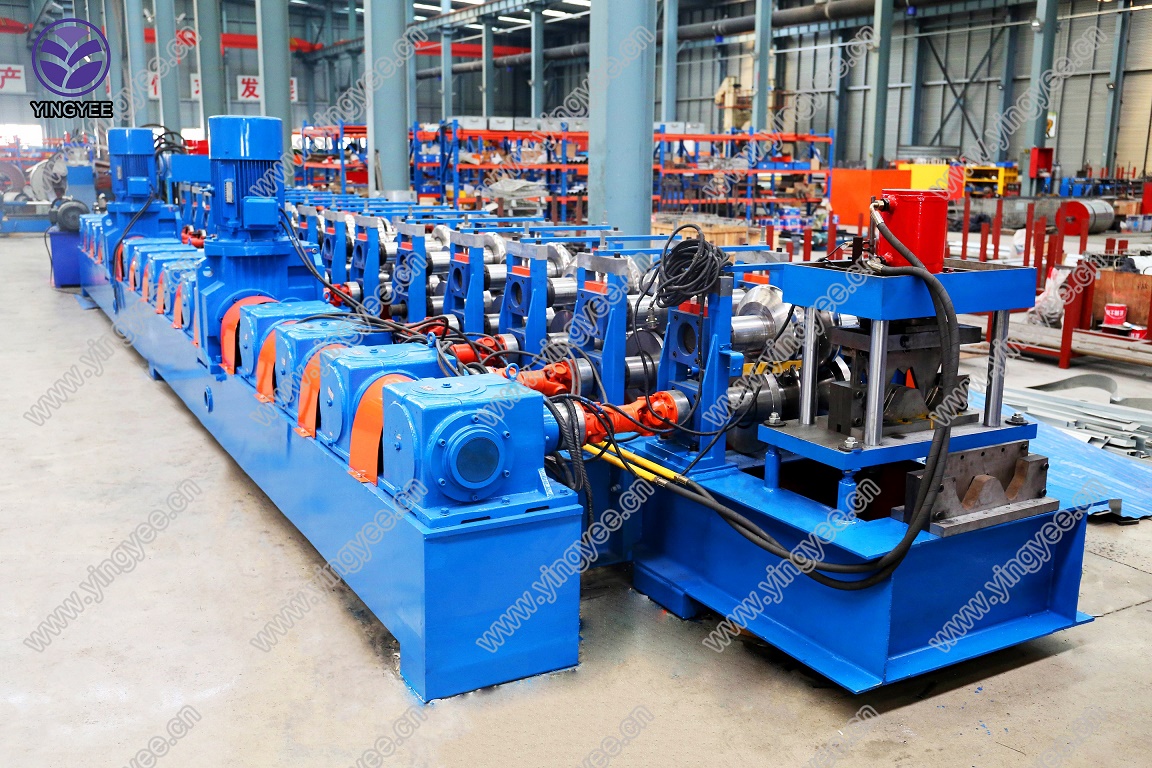
Stud and Track Machines with High Precision Work
In the ever-evolving landscape of modern manufacturing, precision and efficiency have become paramount. Among the myriad of tools that facilitate these goals, stud and track machines stand out for their unique capabilities. These machines are designed to produce high-quality work, primarily in assembling and joining various components with exceptional accuracy. This article delves into the intricacies of stud and track machines and their significance in achieving high precision in manufacturing processes.
Understanding Stud and Track Machines
Stud and track machines are specialized equipment used to install stud welding systems and to create tracks for various applications. Stud welding is a process where a fastener, typically a stud, is welded to a surface, providing a strong and durable bond. This method is frequently employed in sectors like construction, automotive, and aerospace, where strength and reliability are non-negotiable.
The machines operate on principles of electrical arc and resistance welding, enabling them to join metals without the need for additional materials such as nuts or bolts. This not only speeds up the assembly process but also reduces the overall weight of the finished product. As a result, stud and track machines play a critical role in the production of components that must withstand high stress and demanding operating conditions.
Precision Engineering
Precision is the hallmark of any high-quality manufacturing process. Stud and track machines are equipped with advanced technology to ensure that every weld is executed with the utmost accuracy. Features such as programmable logic controllers (PLCs) allow operators to fine-tune settings based on the specific requirements of the job at hand. This versatility is essential in applications where different materials and thicknesses must be processed.
Moreover, modern machines employ sophisticated sensors and monitoring systems. These technologies help in measuring parameters such as temperature, pressure, and time during the welding process. Any deviations from the predetermined settings trigger alerts, allowing for immediate adjustments. This real-time feedback loop is crucial for maintaining consistency and preventing defects that could compromise the integrity of the final product.

Applications Across Industries
The applications of stud and track machines are vast. In the automotive industry, they are used to attach various components, including brackets and reinforcements, to the chassis. This ensures that vehicles can bear the weight and stress of everyday use while maintaining safety standards.
In the construction sector, stud and track machines are employed to create strong joints for structural steel components, which are essential for the stability of buildings and infrastructure. The aerospace sector benefits from the high precision of these machines as they are used to manufacture parts that must withstand extreme conditions, such as fluctuating temperatures and high altitudes.
Advancements and Future Trends
The future of stud and track machines looks promising, with continual advancements in technology. The integration of artificial intelligence (AI) and machine learning is starting to revolutionize the field. These technologies can predict potential failures and optimize the welding process, further enhancing precision and efficiency.
Additionally, the trend towards automation and robotics in manufacturing is influencing the design and operation of stud and track machines. Automated systems can operate continuously, significantly increasing productivity while minimizing the chances of human error.
Conclusion
Stud and track machines are indispensable in high-precision manufacturing environments. Their ability to create durable and reliable connections has made them a staple in various industries. As technology continues to advance, these machines will likely become even more sophisticated, ensuring that manufacturers can meet the ever-increasing demands for quality and precision in their products. The pursuit of excellence in manufacturing will undoubtedly continue to rely on the high-performance capabilities of stud and track machines.